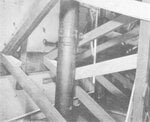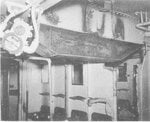- Thread starter
- #41
Admiral Beez
Major
At Midway the CAP could have been serviced from one carrier while preparing a strike on the other three. Per this video below, it was the inability to prepare a strike due to the need for all four carriers to service the CAP that prevented the IJN from hitting back, start at 24:06.I meant to say the IJN carrier force did not perform badly after Midway. They improved their scouting and also changed their doctrine to dedicate some carriers to CAP servicing.
Instead, dedicate one carrier to refuel and especially rearm the Zeros (why does your fleet air defence fighter have only a short burst of ammunition?!), then you can get your strike aloft.


